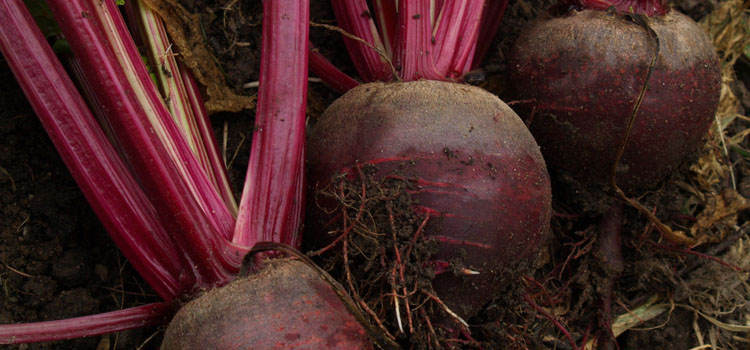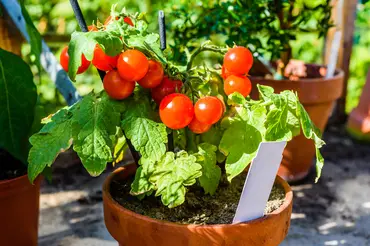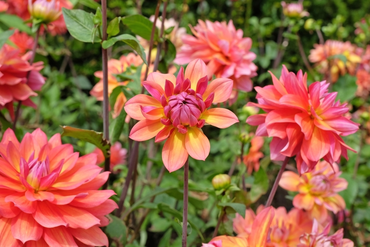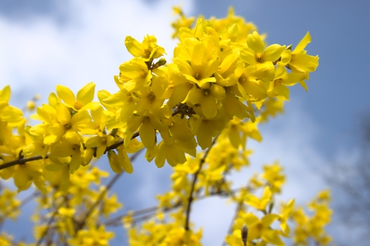Growing Beetroot
Beetroots need moist, fertile soil to grow. Seeds can be sown directly into the soil in the springtime, but if you are growing beetroot at home, you can sow seeds in pots. Beetroot are ready to harvest when they are the size of a tennis ball.
We sow our first beetroot crop in early March and harvest from June onwards with the last crop sown in July and pulled in November. We remove the beetroot tops by twisting them off to preserve the juice. We store our beetroot in large straw lined bags in a shed to keep the worst of the cold weather out. Beetroot stored in this way will last for up to 6 months depending on how cold/ mild the winter is.
A Versatile Vegetable
Beetroot is an incredibly versatile vegetable. It has a distinctive earthy flavour, but it is packed full of goodness. Beetroot tops are edible, too. Washed beetroot leaves are a delicious addition to a salad. Eat them raw or cook them like spinach, although some people might find them rather bitter. Beetroot root is very sweet (especially the early crop) and can be eaten raw or cooked. It is a colourful and tasty addition to salads and cold cuts, but you can also make beetroot soup or add it to stews. Beetroot soup, also known as Borscht, is very popular in Eastern Europe.
Add beetroot to your cheese sandwich at lunchtime or mix it with fresh natural yoghurt for a tasty dip.
Health Benefits of Beetroot
Raw beetroot is a rich source of iron, calcium, manganese, potassium, Folic Acid, and vitamins A and C. If you are suffering from high blood pressure, start eating beetroot or drink beetroot juice. The high nitrate content helps lower blood pressure. Beetroot is also helpful if you are suffering from constipation, as it improves bowel function. Lastly, researchers have found that beetroot can boost blood flow to the brain, which is believed to prevent dementia.
Visit Carpenter’s Nursery Farm Shop and sample our delicious beetroot today – you won’t be disappointed!




